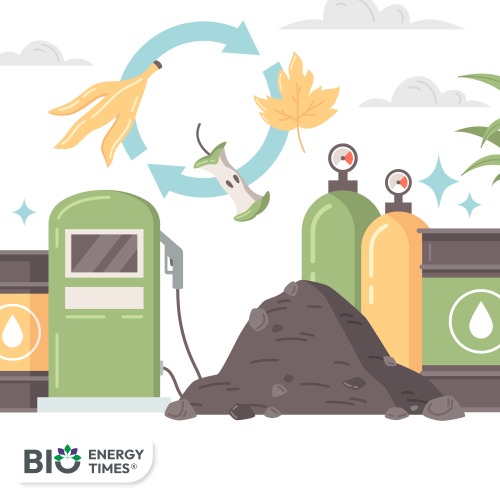India is targeting a ₹25 lakh crore ($300 billion) bioeconomy by 2030 as part of its efforts to position itself as a global leader in biotechnology. Union Minister for Science & Technology, Dr. Jitendra Singh, on Monday called for greater public participation in the country’s growing biotech sector, saying that “every citizen has a role to play in this journey,” reported Financial Express.
The minister highlighted the sector’s rapid growth, noting that India’s bioeconomy has risen from just $10 billion in 2014 to ₹13.8 lakh crore ($165.7 billion) in 2024. With a compound annual growth rate (CAGR) of 17.9 per cent over the past four years, the sector now contributes 4.25 per cent to the country’s GDP.
Dr. Singh said the number of biotech startups has increased from only 50 a decade ago to nearly 11,000 today. He credited this growth to supportive government policies and strong institutional frameworks.
“It’s not hard to launch a startup,” he said. “What matters is how you keep it going—and that needs early backing from industry and investors.”
The Biotechnology Industry Research Assistance Council (BIRAC), launched in 2012, has played a key role in this growth. It has established 95 bio-incubation centres and rolled out schemes such as the Biotechnology Ignition Grant (BIG), SEED Fund, and LEAP Fund. These initiatives have supported hundreds of startups in fields such as healthcare, AI-based diagnostics, and digital health.
India’s bioeconomy is built on the use of renewable biological resources to create products like food, fuel, and materials. Key areas of focus include biomanufacturing, gene editing, bioenergy, and agricultural biotechnology.
Dr. Singh emphasized that a strong bioeconomy not only supports scientific innovation but also creates jobs, boosts rural incomes, and reduces environmental harm.
The National Biopharma Mission (NBM), backed by a $250 million fund in partnership with the World Bank, is expanding India’s pharmaceutical and vaccine-making capacity. So far, it has supported 101 projects, helped 30 MSMEs, and created over 1,000 jobs.
Biotechnology is also transforming farming in India. New drought-resistant and high-yielding crops like SAATVIK chickpeas and gene-edited rice are increasing agricultural output.
The Biotech-KISAN programme, running in more than 115 aspirational districts, is training farmers in modern techniques. In West Bengal alone, over 37,000 farmers—mostly women—have benefited from this training. Other states such as Jharkhand, Chhattisgarh, and Madhya Pradesh have reported income and productivity gains of 40 to 100 per cent due to these interventions.
India’s ethanol blending programme has made major progress, with blending levels increasing from 1.53 per cent in 2014 to 15 per cent in 2024. On June 19, Oil Minister Hardeep Singh Puri announced that India had reached its target of 20 per cent ethanol blending—six years ahead of schedule.
This shift has reduced crude oil imports by 173 lakh metric tonnes and saved ₹99,014 crore in foreign exchange. It has also helped cut carbon emissions and boosted incomes for farmers and ethanol producers.
Launched in August 2024, the BioE3 Policy is designed to align India’s bioeconomy with environmental and economic goals. It supports green biomanufacturing, promotes low-carbon products, and aims to create jobs in smaller towns through the development of biofoundry clusters and advanced manufacturing hubs.
Dr. Rajesh S. Gokhale, Secretary of the Department of Biotechnology and Chairman of BIRAC, said the policy is helping bridge the gap between research and industry. “We need stronger partnerships between scientists, startups, and companies to turn lab discoveries into real-world solutions,” he said.
India’s ambitious biotech roadmap now depends on continued innovation, inclusive policy support, and strong collaboration between the public and private sectors.














